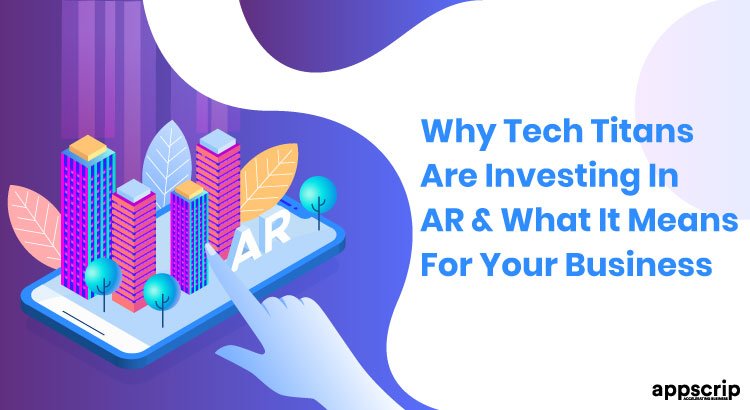Interest in augmented reality is exploding as innovators explore its business relevance and the roles it can play in workforce enablement and customer experience and interaction. This emerging technology holds tremendous promise for changing the way businesses operate.
Why is Augmented Reality Good For Your Business?
#Augmented Reality Takes the Store to the Customer
AR is being used by companies such as IKEA, who have leveraged the technology to provide their customers with the ability to experience firsthand just how IKEA’s furniture would look in their homes. It is a unique experience to be able to place a virtual piece of furniture in your home, and see what it would look like if it were actually there.
Converse, is getting in on AR too. Providing an AR-enabled Shoe Sampler app which enables customers to see how Converse shoes would look on their feet. Converse and IKEA have created mechanisms that more deeply engage than typical apps that simply drive customers to market, as their AR apps allow users to visually experience the products as if they already had them.
These deeply engaging apps answer the question of what will this product look like on me, or what would it look like if I had it in my home?
#AR Enables Unique Opportunities for Immersive Reality
Other content creators are delving into AR in ways that haven’t been tried yet, such as the creation of an AR-based social network. Snaappy is doing just that — enabling users to create AR videos and location-based messages. Users are able to create and experience location-based AR throughout their own cities through the creations of other Snaappy members, all of whom are using the Snaappy app on their mobile device.
#AR Provides Safety Technology for Automobiles
Jaguar’s Virtual Windscreen uses head-up-display technology, along with software-enhanced effects to show the driver real-time data that is able to interact with physical objects that can be seen through the windshield of the vehicle.
GMC is also entering the AR arena this coming year with its 2020 pickups using AR to provide a “transparent trailer view” option. By using a camera view (which shows up on the dashboard screen) that comes from the back of the trailer being towed, they are able to superimpose the image over the actual view, essentially making the trailer that is being towed disappear.
#AR Means Enhancing Customer Experiences
There is already ROI for companies that enhance their businesses with augmented reality. It can involve using HoloLens or Magic Leap goggles, or it can be built into products such as automobiles, or more simply incorporated into mobile apps. There are many innovative companies using AR to enhance their customer’s experience, entice them to purchase products, enhance workplace training, and provide immersive, interactive experiences.
2021 is likely to see more companies take the opportunity to use AR to bring real value to their businesses
Statistics That Prove That AR Is Indeed The Future
The following proves why brands and comapnies are scrambling to get on the AR wagon.

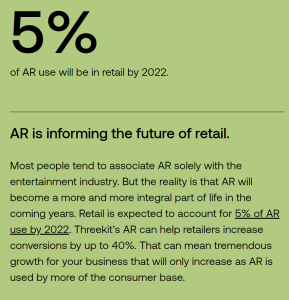
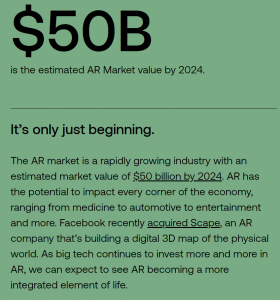
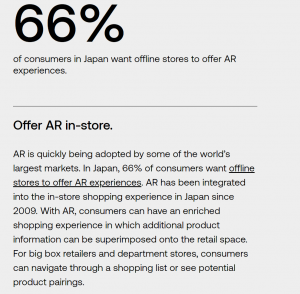
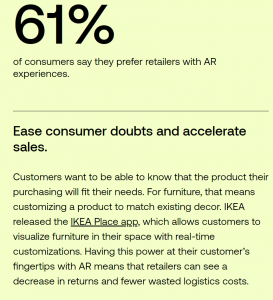
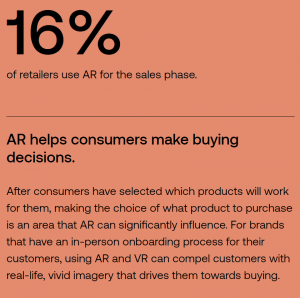
See more AR statistics here
Brands Already Leveraging the Power of AR
Apple is leveraging AR technology as a way to become even more business-friendly. The novel iPhone’s AR features are a wakeup call for all app designers, marketers, entrepreneurs, and technology frontrunners.
It has unlocked the doors for a whole new realm of potential beyond our imagination. Technology is progressing to the next level, and realizing its potential to boost or sink sales is now a critical undertaking for companies.
Apple is expected to launch an augmented reality line of AR glasses called Apple Glass in 2023, in which both lenses are displays that support gesture interaction. Gesture control allows the Apple Glass to be controlled without depending on a controller that can be easily misplaced.
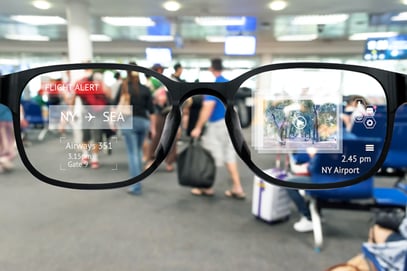
Apple is upgrading its AR Quick Look feature to empower eCommerce sellers to sell their merchandise within the app for an instantaneous augmented reality experience. The merchant offers the 3D model and uses AR Kit, which handles the whole process from scaling to lighting to render virtual objects that look like they would in the real world.
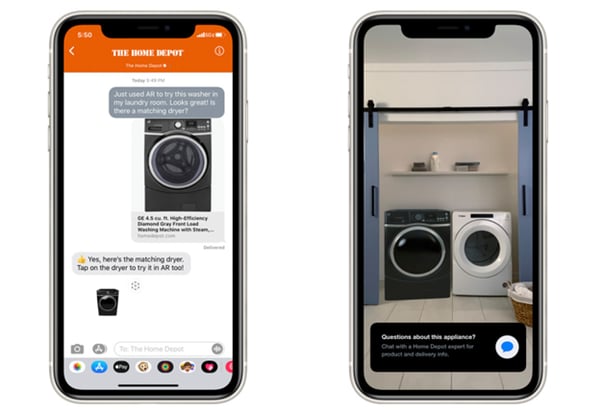
These AR shopping tools don’t need any app. They appear in Safari and integrate with tools that use the camera viewfinder in Quick Look, which several eCommerce retailers already use. You can also embed Quick Look views in your applications and sites to let customers see exceptionally exhaustive object renderings in a real-life environment with support for audio playback.
Apple is also producing spatial audio into Quick Look, which allows 3D models to produce sound from no matter where they have been virtually positioned in your space. The sound varies as the model is relocated. The evolution of AR technology, together with the impending deployment of 5G mobile network systems, is creating anticipation about the ways the technology will be utilized in eCommerce.
Apple’s latest ARKit 3.5 leverages the new-fangled LiDAR Scanner and depth sensing system on iPad Pro to support a new cohort of AR apps that use Scene Geometry for improved scene understanding and object blocking.
Currently, AR experiences on iPad Pro are superior with Instant AR placement, and better-quality Motion Capture and People Occlusion–all without you having to write any new code.
2. Google
1. Google lets users try on cosmetics using augmented reality
Recently, Google launched a digital a ‘try it on’ experience for some cosmetics-related queries using augmented reality. Here Google is working with data partners ModiFace and Perfect Corp to visualize thousands of eyeshadow shades and lipsticks from big brands like MAC cosmetics, L’Oreal, Charlotte Tilbury and Black Opal. The feature launched in US last week.
How the feature works? When you will search for certain eyeshadow or lipstick products on Google app, in the knowledge panel you will see a small collection of shades, which you will see different models of varying skin tones. Moreover, you can also try the products in virtually on your face. Through mobile device front-facing camera and augmented reality you can apply the cosmetics to your face.
Undoubtedly, this AR will make the Google App a more appealing shopping destination for users researching cosmetics to buy. In fact, it represents digital marketing opportunities for cosmetics manufacturers.
2. Google uses augmented reality for car manufacturers
Google has had allowed 3D images, augmented and VR based images in search for over a year. But in October this year, the company has added support for it for car manufacturer and it is live now. Google says if you search on mobile for Volvo xc40 recharge, you will see the view in 3D button and you can put that Volvo right in your living room.
So this is almost like placing an animal in your living room. Certainly, AR gives you seamless experience of using any product that gives you a feel of reality.
In October 2020, Walmart announced that it would be turning four of its physical retail stores into ‘test stores’ for the purpose of trying out new technology (with the aim of enhancing all stores to become both physical shopping destinations and online fulfilment centres).
An important element of these stores is inventory control, with one test involving an app that is designed to speed up the time it takes to transport items from the backroom to the sales floor.
The app uses augmented reality to do so, allowing employees to hold up a handheld device (which will then highlight the boxes ready to go), rather than scanning each individual box.
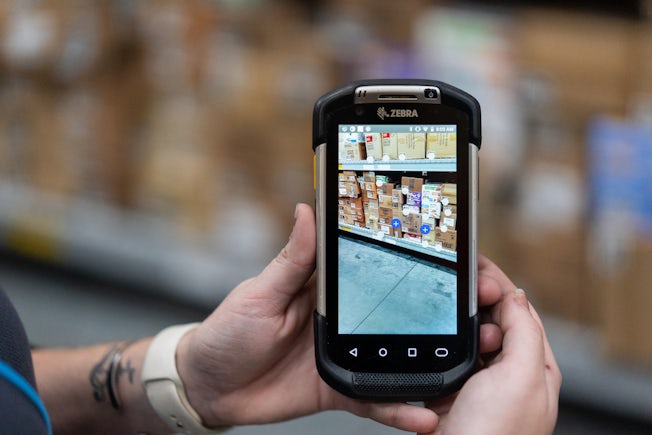
Image: Corporate.walmart.com
This is one example of augmented reality being used to enhance internal processes, effectively creating a more seamless and faster workflow. Despite not being visible to customers, Walmart says that “regardless, it’s the customer who will benefit”, with the technology ultimately helping to enhance the customer experience by putting more products on shelves, faster than before.
4. Snap – City Painter
In October 2020, Snap unveiled ‘City Painter’ in London’s Carnaby Street. The AR tool enables users to virtually spray paint above the street’s shops, decorating them with pre-created murals. One of the most unique aspects of ‘City Painter’ is that it is a shared augmented reality experience, meaning any changes that a person makes is seen in real-time by others using it.
‘City Painter’ is the first major example of Local Lenses – Snap’s ambition to create a shared virtual world by mapping major landmarks.
In the below video the company explains how by using various sources of data, 360-degree images, and community snaps , they were able to build up a digital representation of the physical world.
As the tool progresses, there will undoubtedly be potential for brands to get involved, particularly tourism or travel brands that want to capitalise on the renewed consumer desire for exploration and adventure.
5. Lacoste
French sportswear company Lacoste recently achieved a first in AR, successfully combining 3D product scanning with its AR app. When inside a Lacoste retail location, shoppers place their foot on a designated AR graphic area, and view it through their smartphone. The app will customize the size of the shoe to show how it might look on the consumer, as well as display additional useful product details.
Lacoste’s AR app has not only enriched the retail experience, but also lessened the burden on in-store retail staff.
6. Tesco
A longstanding European grocery and general retail brand, Tesco is using AR to help modernize its brand and reach younger consumers through a unique partnership with Disney. Tesco developed its own Tesco AR Discover App, which helped bring Disney Frozen-branded products sold in Tesco stores to life. Kids and their parents could browse a Frozen sticker book, for instance, and use the AR app to superimpose selfies of children with their favorite Frozen characters.
Tesco’s Discover app helped drive additional foot traffic to their retail locations, and increased social media visibility as kids shared their selfies on Instagram and Facebook.
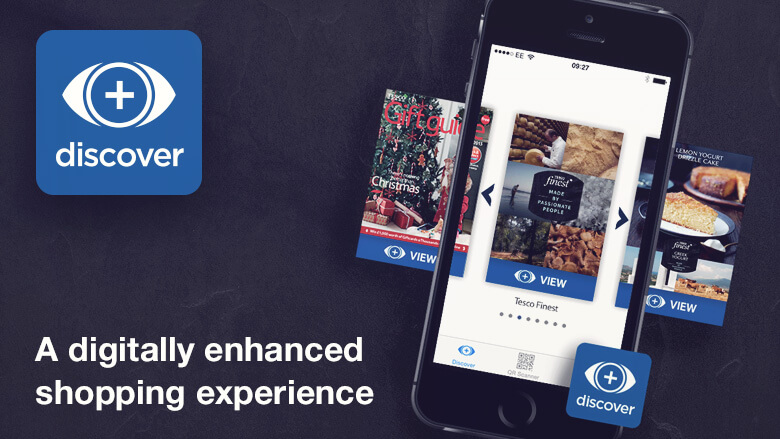
To Conclude..
Augmented reality apps are becoming widely used and accessible nowadays. Don’t be the last to reap the benefit. Creating an AR app is no arcane art. And we’ve proven, everyone can cope – from beginners to professionals. What’s your next step? Set your imagination free and envision how augmented reality technology can empower your business.



